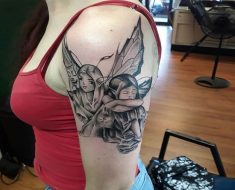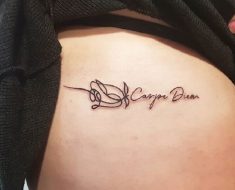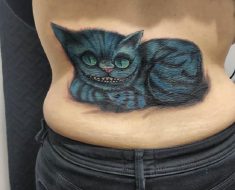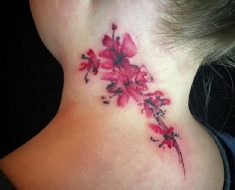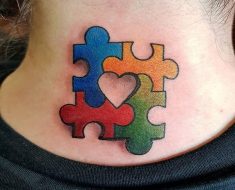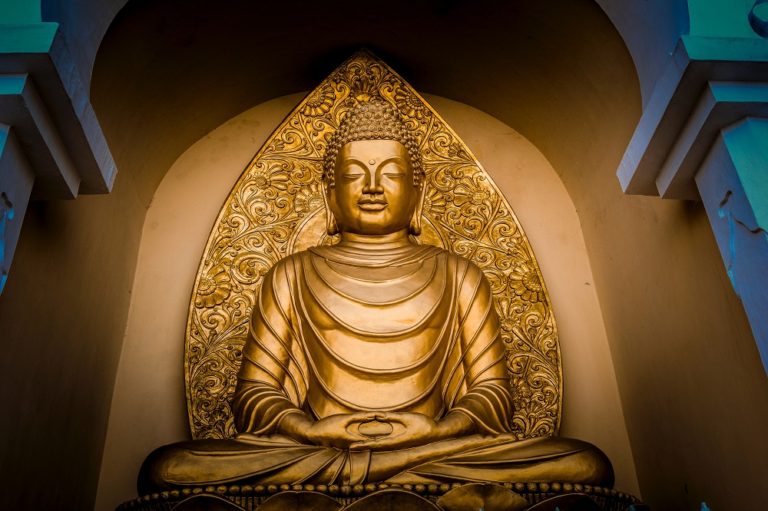
Buddhism is one of the most tolerant world religions and its teachings are captivating more and more people. This peaceful religion and its philosophy are finding many new followers worldwide. So it is not surprising that an image of the Prophet Buddha has become a popular motif for a tattoo.
But what exactly does it express? But what is the meaning of Buddha that makes him such a popular tattoo motif, which is especially popular in combination with Buddhist and Hindu tattoos such as Om and Sak Yant tattoos?
I will explain to you the background and meaning of this Buddhist tattoo here in this article.
What is the meaning of the Buddha tattoo?
Buddhism is considered to be the path to inner balance or inner peace in combination with a well-developed mind. Those who reach this state experience Bodhi (literally: “awakening”) and become a Buddha themselves.
In Buddhism, the Buddha (“enlightened one”) not only refers to a person who has experienced Bodhi but is above all an honourable name for the Indian founder of the religion, Siddhartha Gautama, who founded the world religion of Buddhism with his teachings.
It stands for the experience of lasting happiness, the liberation and enlightenment of body and mind, as well as the experience of higher states of consciousness and shows ways to fulfil life.
Love, care, wisdom
At the same time, a Buddha is the symbol of neighbourly love, care, wisdom and unadulterated love for all living things on earth.
Personal responsibility
The connection between cause and effect is a fundamental building block in Buddhism. This interplay is called karma. Thus, it is not a higher power that is responsible for people, but each person for himself or herself.
Self-discipline & remembrance of faith
A Buddha tattoo usually suggests that the tattooed person is drawn to the peaceful teachings of Buddhism. For many followers of this faith, it is the logical consequence to adorn themselves permanently with Buddhist tattoos on their skin. In this way, a Buddha tattoo can always remind its wearer of the self-imposed discipline.
Popular Buddha tattoos
In his many images, Buddha is depicted in four different postures: sitting, standing, walking or lying down. Each posture can be linked to certain symbolisms of the hands and thus acquires a special meaning. This combination of body and hand posture of the Buddha is called mudra.
Typical tattoo designs show a smiling Buddha face or a tattoo of a laughing Buddha, a Buddha in meditation or a sitting Buddha.
Seated Buddha legs are either in single or double lotus posture, while hands are inked in different positions to show Buddha’s intention or life story.
Read Also: 10 Reasons to Choose Corporate Housing
Meditating/sitting buddha tattoos
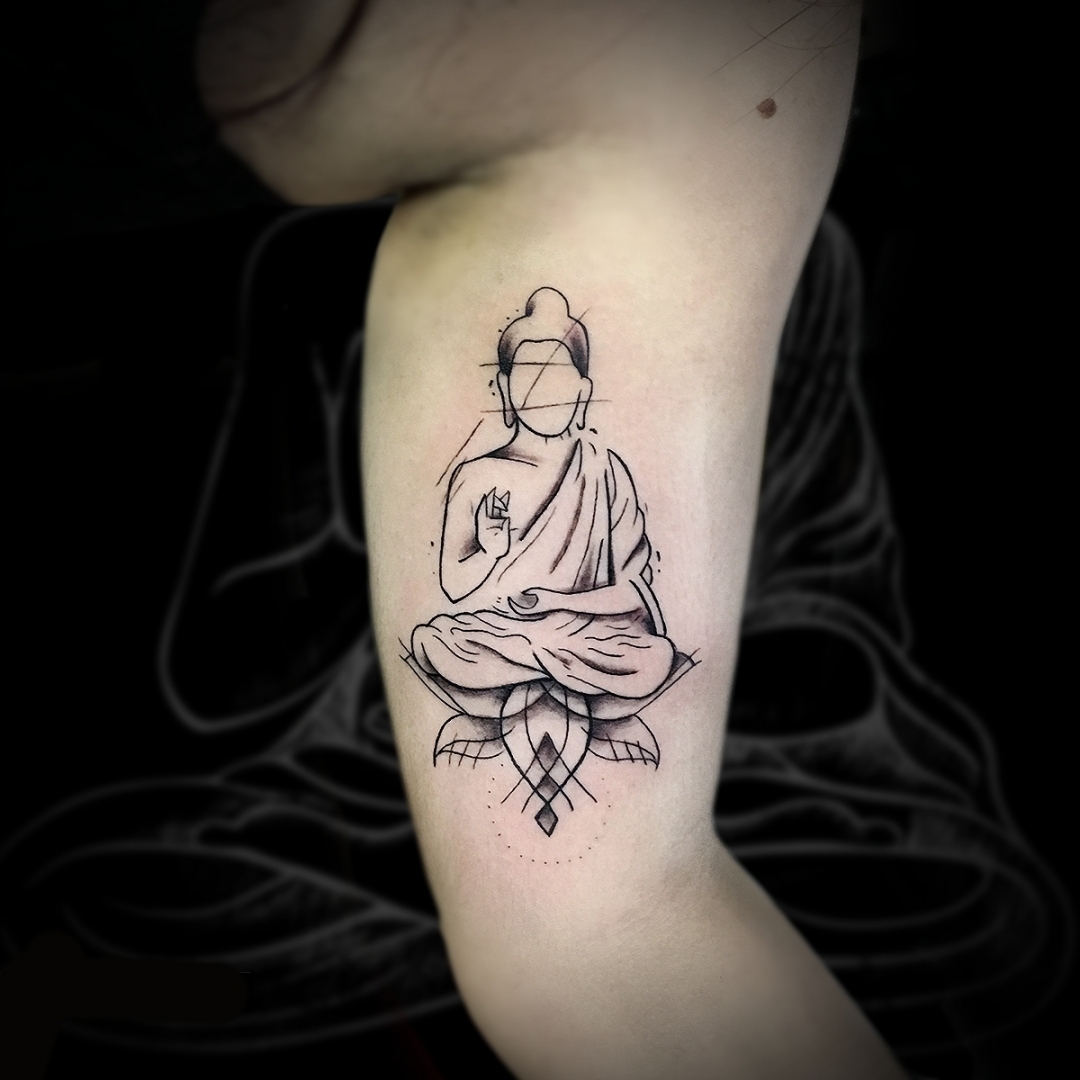
The best known Buddha figure is the meditating Buddha with his hands resting loosely in his lap. The palms of the hands, one above the other, each point upwards. The name of this hand posture is Dayana mudra. Also known as the Dharmachakra mudra – Buddha, which means “setting the wheel of teaching in motion”.
He sits cross-legged with his hands raised to chest level. His thumbs and forefingers form small circles, while the fingers of his left hand touch his right palm.
Cross-legged is also the Buddha with the posture called Bhusmisparsa mudra. His left hand is in his lap while his right-hand rests on his knee. The fingers of this hand point to the ground. Its name means “defeat of the demon Mara” and symbolises the Buddha’s steadfastness and strength.
The same posture is found in the Buddha Naga Brok, who sits on a coiled snake.
Did you know that Buddha reached a level of spiritual enlightenment through deep meditation? I think that makes it fitting to have this tattoo in the form of a meditating Buddha tattoo. Some objects such as flowers, trees or birds can be added to the tattoo design to make it more attractive and convincing.
It is a common belief that Buddha attained enlightenment under a tree that was worshipped as the Bodhi tree.
This particular Buddha tattoo design can be marked in black and grey or vibrant colours. It is very common to do such tattoos in a realistic tattooing style where the face of the Buddha shows all the characteristics.
The standing Buddha meaning
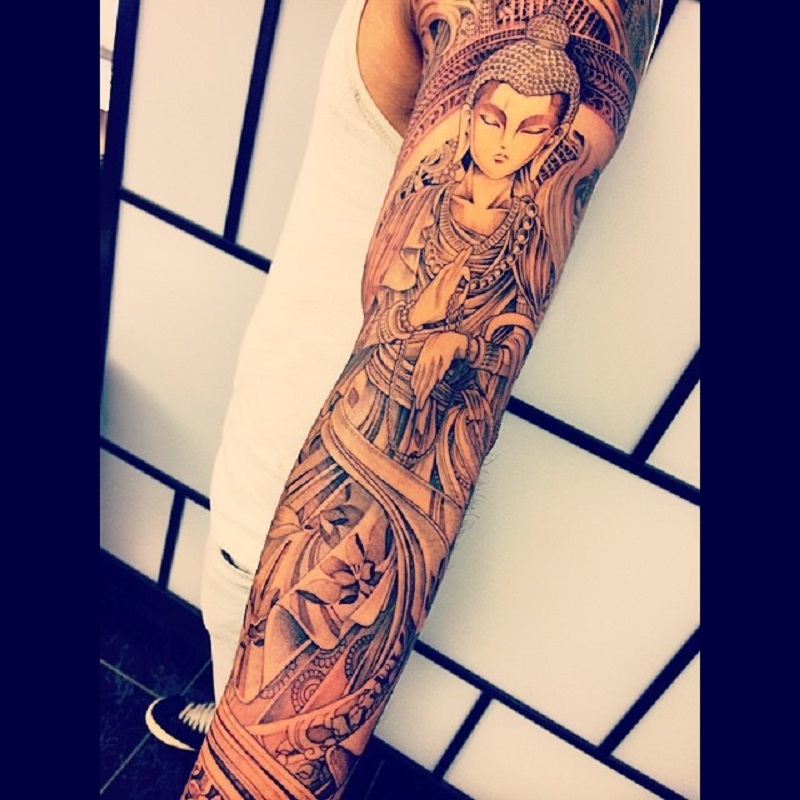
Buddha figures are often depicted standing or striding and have different hand postures depending on the meaning. A Buddha with raised hands, palms facing forward, is called Abhaya mudra, which means “to dispel fear” and is meant to convey the feeling of the promise of protection and fearlessness.
Similar to the seated Buddha figures, there is also a standing Buddha with one or two hands raised. His thumb and forefinger touch in a familiar way. This represents the “gesture of instruction”, of teaching and explaining, and is called Vitarka mudra.
Finally, there is the figure of the Buddha with arms hanging straight down, his fingers outstretched pointing to the ground. His palms are facing forward and symbolise the “gesture of granting wishes”, also called Varada mudra. He stands for mercy and liberality.
Laughing Buddha tattoos meaning
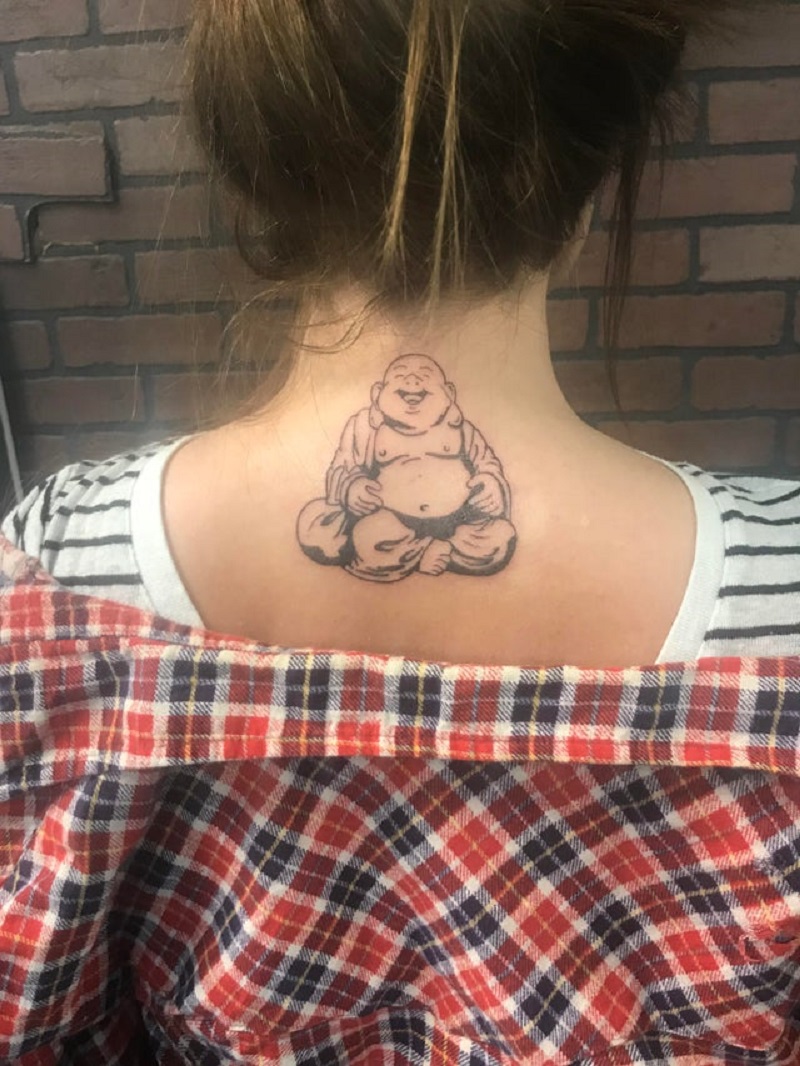
Most of you will just love the jovial, pot-bellied and laughing Buddha tattoo. This type of Buddha tattoo design is for those people who like more a light-hearted Buddha rather than a spiritual one. It is ideally drawn on the belly, with the belly button a delight.
If you don’t like the idea of having it on your belly, you might also like to tattoo the face of the Laughing Buddha on some other parts of the body – back, arm, chest, leg or shoulder.
Travelling to Buddhist countries
Be careful when going on holiday to Buddhist countries: You are not welcome there with a Buddha tattoo if you have not demonstrably had it done out of your belief in the Buddhist faith. Otherwise, the tattoo undermines respect for religion. Countless tourists in Sri Lanka, Myanmar and Thailand have been arrested for wearing a tattoo in public, sentenced to fines or suspended prison sentences and/or expelled from the country.
So, if you are planning to travel to Buddhistic Asian countries, you should think twice before getting yourself a Buddha tattoo.


